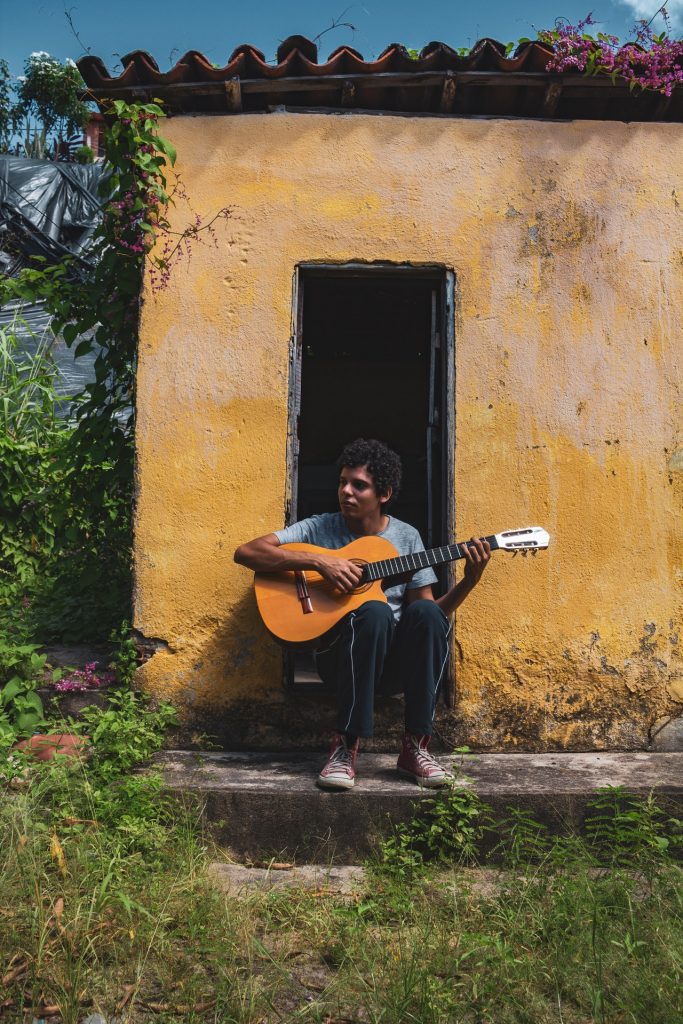South America is home to some of the most exquisite music there is. While popular music might be what dominates the charts today, traditional music still warms the hearts of many to date and South America has had its fair share of indigenous tunes. This kind of music can also be referred to as Latin music.
Latin music is very diverse and it cooperates with a lot of different styles from different genres. The origins of Latin music can be traced back to the Portuguese and Spanish conquest of the Americas in the 16th century. This was when the European settlers brought their music from overseas.
In South America, music makes up the daily lives of the people. There is music for every kind of occasion and activity and, hence, it is a big part of their culture. Here are some of the best South American Music styles according to country and territory.

Argentina: Tango
The music of Argentina includes a blend of traditional, popular, and classical genres. Tango, however, has to be Argentina’s best known musical genre. Tango originated from Buenos Aires at the end of the 19th century and has undergone great changes throughout the 20th century.
This music genre arose in bars and port areas of Buenos Aires. Waves of Europeans poured into the country mixing various styles of music. The result, tango, came about as a blend of various influences. The combination of European rhythms brought to Argentina and Uruguay by traders and immigrants, developed into a style of music called the milonga around 1900.
The Milonga quickly became a popular dance and slowly evolved into the modern tango. Over the years tango has changed from dance-focused music to one of poetry and lyrics. The golden age of tango was from the thirties to the fifties although it is still quite popular today.
Chile: Cueca
Cueca is a family of musical styles and accompanying dances from Chile. Although Chileans enjoy a number of contemporary and traditional musical genres, it’s cueca that resonates with the people the most. Cueca is an upbeat genre of music that truly captures the national identity of the people. It was officially selected as the national dance in September of 1979.
The origins of cueca are not clearly defined although it is said to have some European Spanish and indigenous influences. The dance tries to reenact a courting ritual of a rooster and a hen. The male displays and enthusiastic and even at times aggressive attitude while trying to court the female. The dance often finishes with the man on one knee and the woman placing her foot triumphantly over the man’s knee.
Bolivia: Folkloric
The traditional and folk music of Bolivia is a mixture of Afro music, Spanish music, and the music of indigenous people who lived in Bolivia before colonization. This music has its own diversity, dance styles, and rhythms in Bolivia and it’s furnished by Bolivian clothing and other cultural factors. There are many festivals and carnivals that exist during the year which represents this kind of music and dances.
These folk dances and music are a proud part of the country’s culture. There is even a folk department in the Bolivian Ministry of Education. Pre-colonial music still exists and plays in the towns and villages of Bolivia. The original music had quire pentatonic scales but over the years, Bolivian music has adopted a seven notes scale that is more suitable for western ears.
The instruments use in the folk and traditional music of Bolivia are quite a number. Originally, it only consisted of wind and percussion instruments but it has grown to incorporate other kinds of instruments as well. If you travel through the Andean mountains in Bolivia, it is rare to find an indigenous Bolivian who cannot play the instruments which are used in the folk music of Bolivia.
Brazil: Bossa Nova
Brazil is a large and densely populated country. Due to this fact it is not surprising that it has contributed so much to the development of music over the years. Bossa nova is not only popular in Brazil, but it is also internationally well known.
Bossa nova is a style of Brazilian music, which was developed and gained popularity in the 1950s and 1960s. Today, the Bossa Nova is one of the best-known Brazilian styles of music across borders.
The phrase bossa nova translates to “new trend”. It is a lyrical fusion of samba and jazz. Bossa nova gained popularity in1960s, initially among young musicians and college students but later spread and gained a larger following.

Bottom Line
It’s no secret that one of the most enticing things about South America is the infectious and indigenous sounds that make up a big part of the culture there. There’s something about exotic tunes from South America that make the visit worth your while.






























